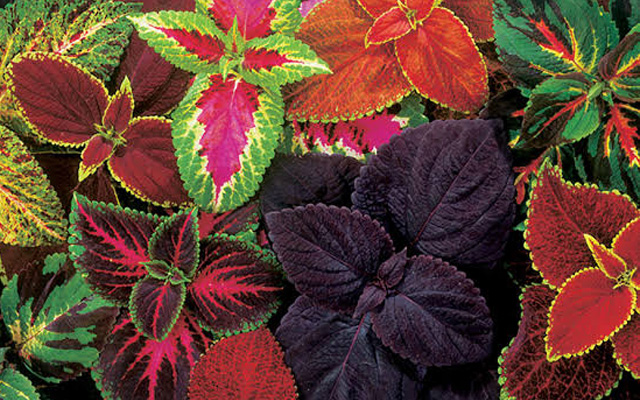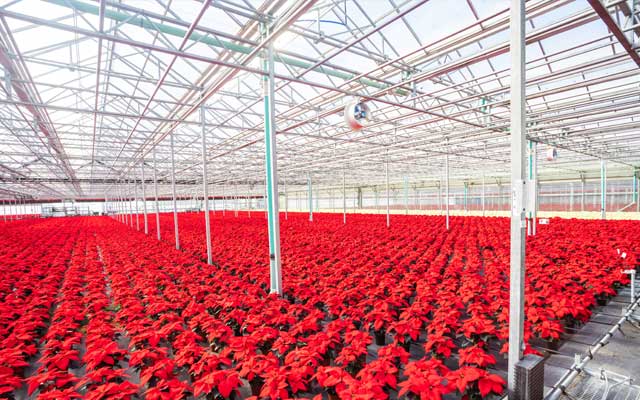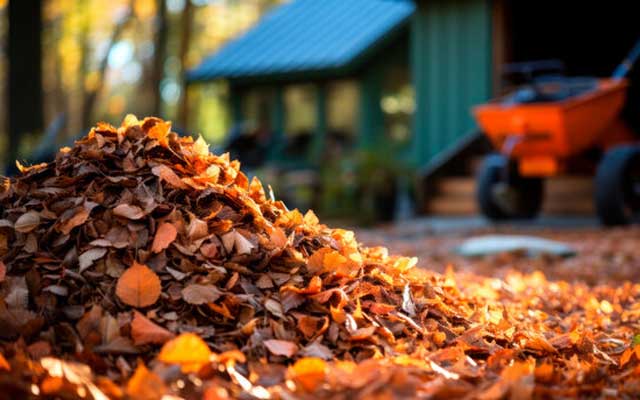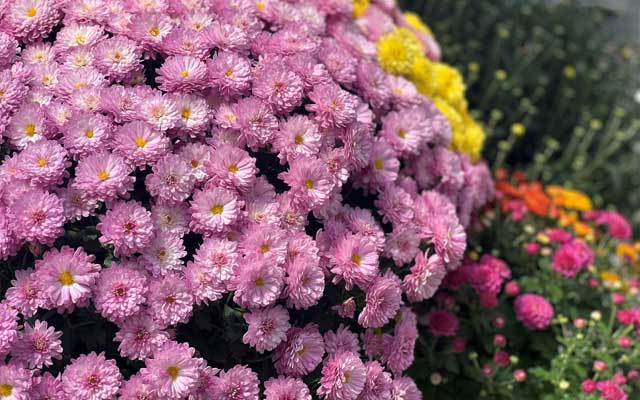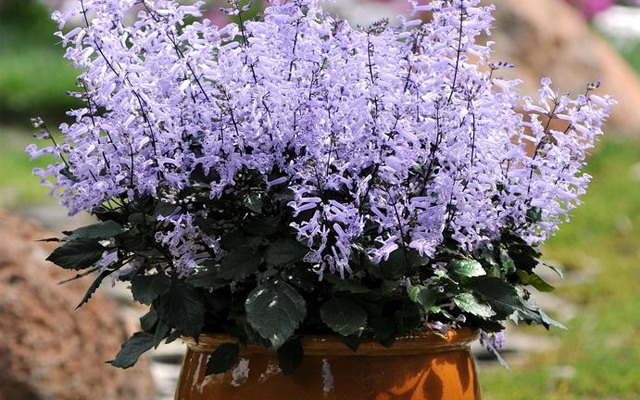Coleus plants stand out as a superb choice for adding vibrant color and texture with minimal fuss in gardens in New England. Known for their stunning foliage, which comes in an array of colors and patterns, coleus can significantly enhance the aesthetic of a garden, patio, container or hanging basket. This article explores the benefits of incorporating coleus into New England landscapes, focusing on their unique characteristics, suitability for the local climate, and tips for optimal care and design.
Unique Characteristics of Coleus
Coleus, part of the mint family, is celebrated for its vividly colored leaves, which can range from deep burgundy and bright pink to fiery orange and radiant yellow, often accented with striking contrasts. It’s a versatile plant and certain varieties have been cultivated to thrive in both sun and shade. This makes them ideal for New England’s varying light conditions, where summer sun can be intense but short-lived, followed by long periods of overcast days in other seasons.
Adapting Coleus to New England’s Climate
Coleus plants prefer well-draining soil and a neutral to slightly acidic pH, conditions that are generally manageable in New England gardens. They thrive in environments that offer bright, indirect light, which aligns well with the region’s predominantly mild summer sunlight. However, it’s crucial to protect them from the harsh afternoon sun to prevent leaf scorch. Regular watering is essential to keep the soil moist, particularly during dry spells. Care should be taken to avoid waterlogging, water only when the top inch of soil is dry.
Maintenance Tips for Healthy Growth
In New England, maintaining coleus involves some specific care to accommodate the cooler fall and spring temperatures. Pinching back the stem tips promotes a bushier growth and prevents the plants from becoming leggy, especially important as the growing season winds down. Flower spikes should be removed to conserve the plant’s energy for leaf production. Applying a balanced, water-soluble fertilizer during the growing season supports their vibrant foliage. Coleus plants are annuals but by taking cuttings in the fall gardeners can keep the plant thriving through the winter.
Overwintering Coleus
In cooler regions like New England, it’s important to take cuttings from your coleus plants before the first frost in the fall. Place these cuttings in water to allow them to root. Once rooted, transfer the cuttings into small pots and position them near a sunny window for the winter months. When spring arrives and the danger of frost has passed, you can plant the coleus outdoors to enjoy their vibrant foliage once again.
Design Versatility in New England Gardens
Coleus plants are a fantastic choice for New England gardeners looking to create impactful, colorful displays in garden borders, container gardens, and even hanging baskets. Their ability to grow quickly is beneficial for filling in gaps in the landscape where perennial growth may be slow to start in the spring. Depending on the variety, coleus plants can grow 6 inches to 3 and ½ feet tall and 1 to 3 feet wide. Arranging coleus with varying leaf colors can produce a dynamic visual effect that lasts from spring through fall, making the most of the region’s distinct seasonal changes.

